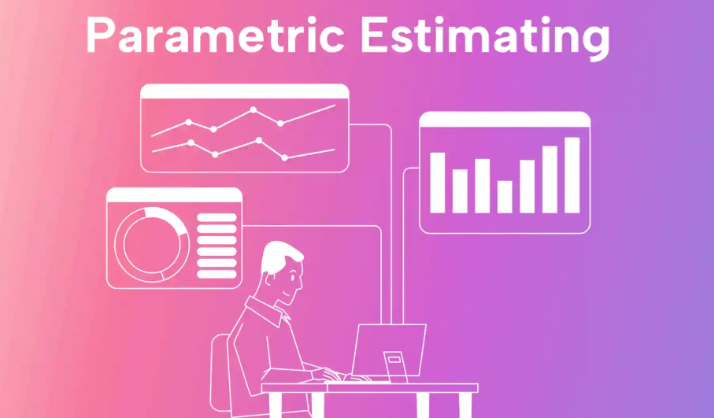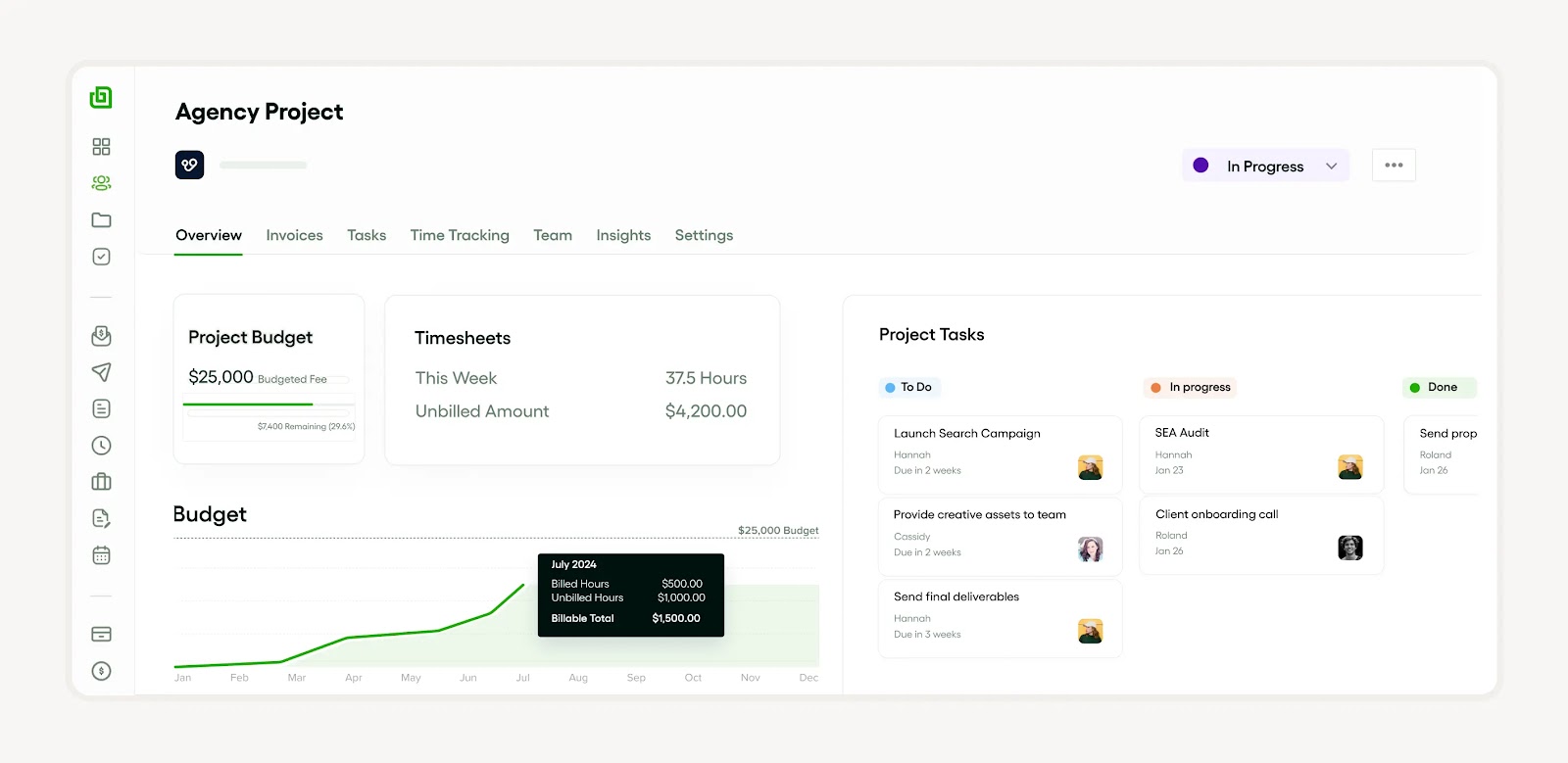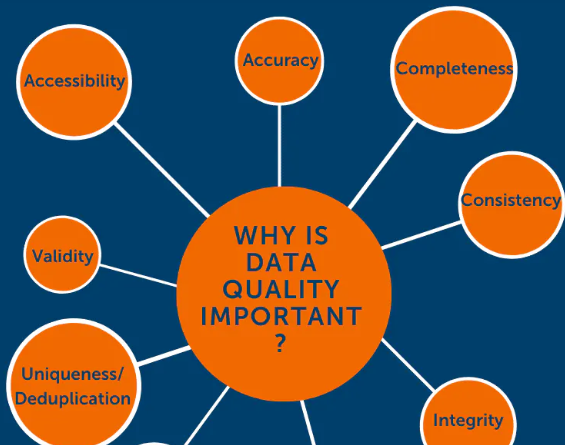Parametric estimating is among the established forms of cost estimation that comprises statistical calculation to estimate project costs. This methodology primarily uses history and quantitative statistic measurements to establish a predictive cost model. The process comprises regression analysis about project parameters where there exists a spurious relationship. This estimation model includes parametric scaling as a huge part in the determination of a good project budget. Deterministictes are also remade using the method, and realistic estimates are made available for elements that have some uncertainty. Finally, it is viewed by many gurus as an enhanced version of an analogous estimating approach because more statistical credibility is introduced.
Understanding the basics of parametric estimating
This is a form of project estimation where statistical models are used to generate the costs of the project and the overall budget. This method involves a relation of variables and makes use of historical data for furnishing an estimation model. It is mainly a quantitative technique mainly concentrating on cost estimation by parametric scaling and regression analysis.

Parametric estimation depends on the variation or certainty of the parameters applied and may either be determinate probabilities or probabilistic estimations. Some of the key aspects in parametric estimating include: Some of the key aspects in parametric estimating include:
- Production of historical data and statistics
- Analogous estimating technique is said to be used during the subject development.
- Cost research and cost forecasting models
These elements when linked can make parametric estimating to provide efficient and accurate cost and time estimation for a project.
Definition and importance of parametric estimating
It is a type of forecast as applied to project cost estimating where a statistical model is used in the assessment of a project cost. It entails the use of quantitative data of past performance and the use of regression analysis to arrive at a deterministic or probabilistic forecast. It is the most suitable method when cost model forecasting is desired as well as in overall project and cost analysis.
The technique is an improvement of the analogous estimating technique in that it uses parametric scaling and quantitative statistics to give accurate and efficient estimation models. This method has relevance in the sense that it offers accurate and credible estimations thus improving on effectiveness of the budget and control of projects.
Key components of parametric estimating
Some of the salient components of parametric estimating are cost estimating, project costs, and project budget. Cost estimation involves cost-estimating models that are categorical and use quantitative technology like regression and statistical analysis. This estimation model usually forms the basis of the conception of the project budget. This technique is highly dependent on historical data to achieve high accuracy. It can give a deterministic and a probabilistic estimate in return. Specifying is another decisive measure in this process, which allows adjusting the estimates of the rate about the scale and the complexity of the project. That said, it is pertinent to underscore the fact that parametric estimation is not always employed, there are techniques such as project estimation like the analogous estimating technique
How parametric estimating works
Parametric Estimating is a method of estimating the cost of a project using statistical analysis techniques along with historical records. The forecasting approach involves the use of deterministic estimation means with the help of known parameters in the development of a project budget. This quantitative method involves scaling, regression as well as cost modeling where research is conducted to establish cost models. Regression analysis is a process of establishing the connection between the collected data in the past with other parameters. This relation is then used to come up with deterministic probabilistic figures or quantities. The probability awaits for the occurrence of an event and the determination is based on a certain formula. In comparison to the other approach used in the analog estimating technique, which is more or less an inferential one, the parametric estimating technique affords a more accurate and accurate estimate.
Step-by-step process of parametric estimating
Parametric estimating is a method of getting a quantitative output for estimating the cost of a project depending on records, and logical relationships. And it begins from the stage of cost analysis to define the cost of a specific component of the project when per unit counted. Parametric scaling is then used to estimate the unit cost to the scale of the project that is to be undertaken. After this, the estimation model is shown by regression analysis, which combines past project data with actual deterministic or probabilistic estimates. Information is then inputted into this model to come up with an all-inclusive project cost. Quick appraisal can be complemented with predictive cost models to improve the accuracy of the approach. Such personnel cost estimating approaches as analogous estimating techniques can help in refining these numbers. You should also know the following terminologies:
- Parametric Estimating: Based on historical data and statistical correlation for cost estimations in the projects.
- Estimation Model: Includes the budgetary prediction using regression analysis and using a deterministic or probabilistic estimate.
- Enhancing Accuracy: Coming close to this is achieved through the use of predictive cost models as well as analogous estimating techniques which further refine the figures.
Understanding the role of statistical data in parametric estimating
Parametric estimation is one of the forms of project estimating methods that have a basis in statistical data that includes historical cost data, regression, and several other related factors to determine the cost of the project and how it is going to be funded. This technique is normally preferred because it is accurate and uses predictive cost models which are statistical and are developed from historical data. Deterministic estimates use a set statistical model while probabilistic estimates use variances, and both of them therefore use statistics.

Cost is one of the parameters of which base research supports the construction of an accurate estimation model. This means that the relevance of data may be magnified or diminished by using parametric scaling to arrive at more probable costs. But the effectiveness of this technique depends directly on the quality of historical data as the incorrect values will distort the picture. Therefore, it is in the context of supplementing the quantitative cost estimation process that one can find benefits for items such as the analogous estimating technique which involves comparing the current project with similar projects in the past.
Benefits of parametric estimating for agencies
On the other hand, the advantages of parametric estimating to agencies include the following
Among the most common project estimation techniques is parametric estimation, which many agencies use in their planning of the project budget. In this approach, past performance is used to make estimates of costs using statistical techniques such as regression analysis. This is effective in modeling deterministic as well as probabilistic estimations to refine the level of precision and reliability. The positive applicability of parametric scaling allows agencies to focus on their cost research and their costs for projects, with predictive elements for costs based on other projects.

This is particularly encouraging since the application of the parametric estimation model is the quantitative solution which unlike the analogous estimating technique is not very subjective in its approach but more dependant on the facts.
Improving accuracy and efficiency in project estimation
Project estimation involves accurately measuring and estimating the value and or cost of a project and can be made efficient by the use of the following techniques; They make it possible for the project managers to compare the project cost with the project budget and as an end-result, there is enhancement of control and minimization of risks. Probabilistic estimates and deterministic estimates contain the useful regression analysis of the historical data along with the precise cost investigation. Using such techniques of estimations, numerical hard data can be employed to bolster realistic and accurate estimations about the projects regarding their timelines and costs.
Enhancing budgeting and financial planning
Fine-tuning of project budgets as well as the establishment of financial plans requires accurate use of costing and project costing methodologies. Predictive models and estimation models which are stemmed from deterministic and probabilistic estimates are the tools that can improve the project budget. They can be created using quantitative methods including; parametric scaling and analogous estimating techniques that may contain statistical and regression analyses employing data collected in the past.

All these costs should be subjected to constant cost research in a bid to countercheck any costs that may be lurking in the background. Through implementing these measures, can be certain of strict as well as adaptable money projection on the project.
Challenges in implementing parametric estimating
There are two issues when parametric estimating is employed. First of all, historical cost data may be inadequate or unrepresentative, which affects the budget of the project negatively. In any case, the reliability of parametric scaling has much to do with the quality and relevance of the historical data used in the frame of the estimation model. Secondly, despite practicing such forms of quantitative analysis as regression analysis and statistical analysis the creation of deterministic or probabilistic estimates is often challenging due to the questions about the exactness of cost estimates. Moreover, the application of project estimation techniques such as the analogous estimating technique or predictive cost models is likely to be informed by a lot of cost research, and as such this may be costly.
Dealing with inaccurate or insufficient data
When dealing with data in any project, it is always problematic to work with wrong, insufficient data. To manage such issues one can use several project estimation techniques for example parametric scaling, analogous estimation technique, and regression analysis. These methods can be used to define, analyze, and improve project cost and cost control or the so-called cost baseline that may involve historical data, statistical analysis, cost models, and the like. Nevertheless, it is important to mention here that these techniques will often provide deterministic or probabilistic cost estimates which frequently deviate from the actual final cost of the project. Therefore, cost research and an estimation model are central while cost research alone is insufficient when dealing with imprecise or even inadequate data.
Addressing the complexity of parametric models
Project cost estimation is served by statistics, cost research, and historical data which are used in the application of parametric models. These models are normally quantitative and involve the use of regression analysis to arrive at an assessment of the probable cost of a project which amounts to formulating a project’s budget. However, the handling of the number of parameters about the scaling of predictive costs remains somewhat problematic and typically involves analogy estimation of it.
Estimation techniques range from deterministic in which there is a single point estimate to probabilistic in which uncertainty and risk affecting the costs are considered to offer a likely range of costs. Reducing the issues resulting from the parametric models and addressing them in the best manner is hereby important to overcome the cost estimating exercise satisfactorily. Please remember the following things:
- Parametric Models: Statistical data, cost analysis, and records should be used in the estimation of project costs.
- Estimation Techniques: Fixed outputs that are known should be presented with deterministic values while ranges should be presented with probabilistic estimates.
- Managing Complexity: It calls for analogously estimating techniques to address parametric scaling issues.
Best practices for effective parametric estimating
These kinds of estimation form the topic of discussion of the various project estimation techniques like the parametric scaling and even the probabilistic estimates. This process principally involves financial data and records for cost-estimating models, based on which, project costs are determined. It is always useful to use deterministic estimates, regression analysis, and the analogous estimating technique to develop a more accurate estimation model. Specific procedures like cost research, emphasis on the quantitative type of studies, and distillation of estimation process according to the data available can cause better estimation of the cost of a project.
Ensuring quality and relevance of data
It is very important to ensure the quality and relevance of data applied in the different estimation techniques like the analogous estimating technique, deterministic, and probabilistic estimates. This involves the use of approaches such as parametric scaling and regression analysis, which depend on quantity statistics.

As with any estimation model, there are some fundamental characteristics which include the project cost, project budget, and past data that are all crucial in determining the efficiency of the given estimation model. This kind of data can be made relevant and of good quality, by conducting constant cost research together with the help of predictive cost models.
Regularly updating and refining parametric models
When it comes to the refinement of parametric models, what is used are quantities and statistics and regression of the historical data developed into cost models. These models are used in the structure of the project budget and thus require constant updating based on new data and methods of the project estimates. Probabilistic and deterministic predicting methods are applied in scaling parametrics to anticipate the probable project costs. The specification of these estimates comes from a similar estimating method with cost research and fine-tuning of the estimation model. This makes the models to be current, hence increasing the reliability while estimating costs.
Exploring parametric estimating tools
A major element in project estimation techniques is parametric estimating tools. Those dealing in this profession employ quantitive and statistical techniques such as multiple regression and cost-predictive models to estimate costs. These tools produce deterministic and probabilistic cost measurements simultaneously, which increases accuracy and more flexibility in controlling the cost of the project. When they are dealing with historical data, they give an analogous estimating technique and develop an estimation model given by similar projects. This entails cost-estimating research and the use of parametric scaling to bring costs to the correct level because of the difference in size, complexity, or other factors between what is being done in the new project and prior ones. They help in controlling the project and assessing the possible expenses that the project can attract.
Overview of project management software: Microsoft Project
Microsoft Project can therefore be described as an effective tool for managing projects especially large complex ones. It enables the project managers to control and estimate the projects’ budget, costs, and resources effectively as they involve superior estimation. This gives it accuracy and precision and it employs parametric scaling as well as the deterministic and probabilistic estimates.
Like any Microsoft Project, there are detailed comprehensive estimations of data gathered from the past together with statistical estimation alongside and more especially the regression analysis. These predictive cost models and cost research are also important as part of the estimation process in keeping teams cost-conscious in developing and delivering projects on time. Here is some more information about the MS project:
- It enables accurate control of the project budgets and resources with the help of the project estimation tools.
- They include parametric scaling, deterministic, and probabilistic estimates for the computations’ accuracy.
- Estimation models are established by Historical data and regression analysis which are useful in avoiding delays and cost overruns of projects.
Insights into cost estimating software: CostX
CostX is one of the best software tools that allows for the effective management of project costs and the regulation of the budget. With the help of such parameters as parametric scaling, it provides deterministic and probabilistic estimates to enhance the precision of the cost estimates. CostX is built with sophisticated project estimation techniques comprised of an analogous estimating technique to use historical data cost research and predictive cost models. Thereby, it employs regression analysis to derive quantitative statistics and in the process produce improved estimates for fine-tuning the estimation model.
Future trends in parametric estimating
Software applications based on AI and machine learning will cause parametric estimating to be used even more as it develops. These technologies help the creation of enhanced exacting cost prognosis tools, based on statistical analysis and previous work that will provide for increased precision of cost estimates. Moreover, other methods like regression analysis enhance the assessment of the estimation model thus enhancing the projection of the project budget and cost. Probabilistic estimates will be dominant in future parametric estimating and there will be a shift from the deterministic type of estimates. With this shift, application areas can significantly improve the precision and reliability of project scope time and cost defining and, indeed, most of the other dimensions of project definition, as well as research and parametric scaling.
Integration of parametric estimating with cloud technology
Parametric estimating before the integration of cloud technology has greatly improved with the integration of cloud technology. It involves mixing and matching project estimation tools with cloud-based applications in establishing either project cost or project budget. Some of the methods used in the 4DST framework include parametric scaling, analogous estimating technique, and regression analysis and offer both, deterministic and probabilistic estimates. This makes it favorable for dealing with past data and statistics of various scales as well as accommodating less time for the research on costs. Further, cloud technology can support the build-up of more precise predictive cost models that make use of the sound estimation model based on quantitative analyses. This synergistic combination can enhance the accuracy or indeed reliability when it comes to cost estimation in project management.
Impact of big data on parametric estimating
Deployment of Big Data has invented new ways of working on parametric estimating thereby increasing the effectiveness of project estimations. By the analysis of a great number of historical data and the application of econometrics, one can define noises and improve the estimation models. As a result of the use of quantitative data, probabilities of future costs are determined with a greater level of accuracy.
This availability of data also makes room for carrying out regression analysis and enhances the subsequent deterministic as well as probabilistic estimates. This method will give more refined and thus more predictive cost models for better and more realistic budgeting of projects. These revolutionary technological developments are defining new ways of cost research in the scope of project management.







